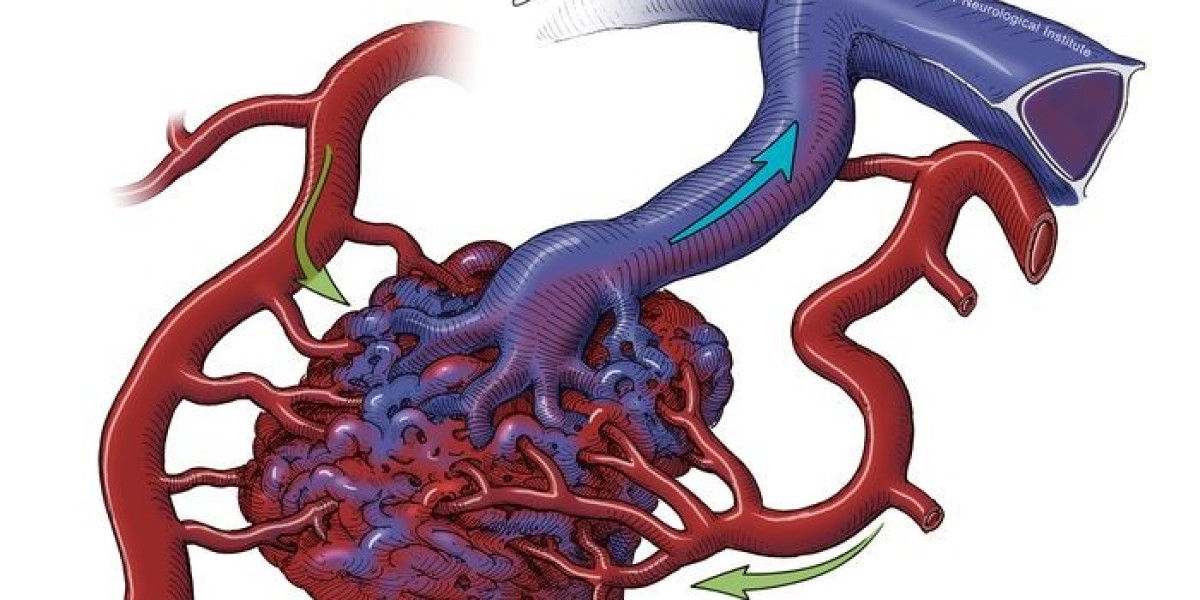Vascular malformations and uterine fibroids are two medical conditions that, while distinct, can cause significant discomfort and health complications. Both affect vital areas of the body—vascular malformation target the blood vessels, while uterine fibroids form in the reproductive system. However, these conditions share some similarities, particularly in how they affect blood flow and organ function. This article aims to shed light on these conditions, exploring their causes, symptoms, and potential treatments. At the forefront of this discussion is SG Vascular Centre, a trusted provider of care for vascular-related issues, including varicose veins and spider veins.
What is Vascular Malformation?
Vascular malformation is an abnormal formation of blood vessels, which can occur in any area of the body. Unlike varicose veins, which are a type of vein disorder, vascular malformations are congenital—meaning they are present from birth. These malformations are a result of abnormal development of blood vessels during fetal development. Vascular malformations can be complex, with varying degrees of severity.
Types of Vascular Malformations
There are several types of vascular malformations, including:
Capillary Malformations: These involve tiny, dilated blood vessels near the skin's surface and are often seen as red or purple birthmarks.
Venous Malformations: These are abnormal collections of veins that can cause pain, swelling, and discomfort.
Arteriovenous Malformations (AVMs): These are more complex and involve an abnormal connection between arteries and veins, bypassing the capillary system.
Symptoms of Vascular Malformation
The symptoms of vascular malformations depend on the type and location of the abnormality. Common signs may include:
Visible swelling or a lump in the affected area
Pain or tenderness in the area of malformation
Discoloration of the skin
Potential bleeding if the malformation is located near the surface of the skin
In severe cases, vascular malformations can lead to complications such as ulcers, blood clots, or excessive bleeding. Treatment for vascular malformations varies based on the severity, and SG Vascular Centre offers various approaches such as sclerotherapy, laser treatment, or surgery to manage and treat these conditions effectively.
What Are Uterine Fibroids?
Uterine fibroids are noncancerous growths of the uterus that often appear during a woman’s childbearing years. These fibroids are made of muscle and fibrous tissue and can vary greatly in size, from as small as a seed to as large as a melon. Despite being noncancerous, they can lead to a range of symptoms and health issues.
Types of Uterine Fibroids
Uterine fibroids are classified based on their location within the uterus:
Submucosal Fibroids: Located just beneath the uterine lining, these fibroids can cause heavy menstrual bleeding and issues with fertility.
Intramural Fibroids: These are the most common type and are found within the wall of the uterus, leading to heavy periods and pelvic pain.
Subserosal Fibroids: Found on the outer surface of the uterus, these can cause pelvic pressure or pain, but they are less likely to affect menstrual cycles.
Symptoms of Uterine Fibroids
The symptoms of uterine fibroids depend on their size, number, and location. Women may experience:
Heavy or prolonged menstrual periods
Pelvic pain or pressure
Frequent urination or difficulty emptying the bladder
Pain during intercourse
Lower back pain
In severe cases, uterine fibroids can lead to complications such as infertility or miscarriage. However, many women with fibroids may not experience noticeable symptoms, and the fibroids are often discovered during routine gynecological exams.
Treatment for Uterine Fibroids
Treatment options for uterine fibroids depend on the severity of symptoms, the size of the fibroids, and the patient's desire for future fertility. Some common treatments include:
Medications: Hormonal treatments or nonsteroidal anti-inflammatory drugs (NSAIDs) may help manage symptoms.
Non-Surgical Procedures: Uterine artery embolization, which blocks the blood vessels supplying the fibroids, can reduce their size.
Surgical Options: In cases of severe symptoms, surgery may be required, including myomectomy (removal of fibroids) or hysterectomy (removal of the uterus).
The Intersection of Vascular Malformation and Uterine Fibroids
Though vascular malformations and uterine fibroids affect different organs, there are some intriguing connections between the two. Both conditions can lead to blood flow abnormalities—vascular malformations impact the blood vessels directly, while uterine fibroids may interfere with the blood supply to the uterus. For instance, large uterine fibroids can cause significant pelvic blood flow disruptions, leading to heavy bleeding or other vascular complications.
Additionally, both conditions may result in significant discomfort. A person dealing with a vascular malformation may experience swelling, pain, and visible deformities, while someone with uterine fibroids may suffer from intense pelvic pressure or discomfort. Understanding both conditions is critical for developing comprehensive treatment plans and improving patient quality of life.
Seeking Treatment: SG Vascular Centre’s Expertise
At SG Vascular Centre, the team of specialists is well-versed in diagnosing and treating a wide range of vascular conditions, including varicose veins and vascular malformations. They offer innovative and effective treatment options tailored to individual needs. Whether it's using advanced technology to treat vascular malformations or providing support for those suffering from uterine fibroids, SG Vascular Centre is committed to improving the health and comfort of its patients.
Conclusion: The Path Forward
Both vascular malformations and uterine fibroids are conditions that can significantly impact one’s health and well-being. However, advancements in medical science offer hope for effective treatment and management. By seeking professional care, individuals affected by these conditions can explore various treatment options and lead a more comfortable life.
The underlying message is clear: understanding your body and seeking the right medical help is essential in managing both vascular malformations and uterine fibroids. As more research and technology become available, we can expect even more refined and effective treatments, improving outcomes for patients worldwide. At SG Vascular Centre, we are committed to helping patients navigate these conditions and ensure the best possible care.









